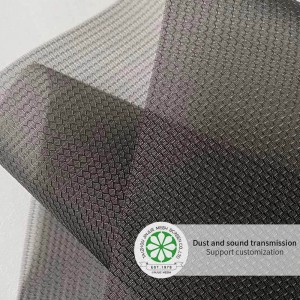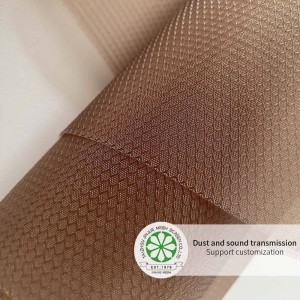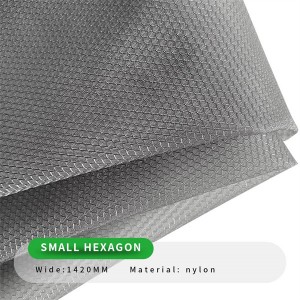What Is Antimicrobial Fabric?
Antimicrobial fabric refers to any textile that protects against the growth of bacteria, mold, mildew, and other pathogenic microorganisms. This is achieved by treating textiles with an antimicrobial finish that inhibits the growth of hazardous microbes, creating an added layer of defense and prolonging the life of the fabric.
Common Applications
The pathogen-fighting capabilities of antimicrobial fabric makes it suitable for a wide range of applications across diverse industries, including but not limited to:
Medical: Hospital scrubs, medical mattress covers, and other medical fabric and upholstery often utilize antimicrobial textiles to reduce the spread of disease and infection.
Military and Defense: Used for chemical/biological warfare garments and other equipment.
Activewear: This type of fabric is suitable for athletic wear and footwear as it helps to prevent odors.
Construction: Antimicrobial textile is used for architectural fabrics, canopies, and awnings.
Housewares: Bedding, upholstery, curtains, carpets, pillows, and towels are often made from antimicrobial fabric to prolong their life and defend against bacterial growth.
Can antimicrobial fabric stop the spread of viruses?
While antimicrobial fabric works great to slow the growth of microbes, it does not kill pathogens on contact, meaning it is not completely effective at stopping the spread of viruses. Even the fastest acting antimicrobial textiles take several minutes to kill microbes, while others only stop or slow their growth. Instead of using them as a substitute for hygiene and other health and safety precautions, they should be thought of as an extra layer of defense against harmful microorganisms to use in addition to your regular sanitary protocol.


英文版主图6-300x300.jpg)













